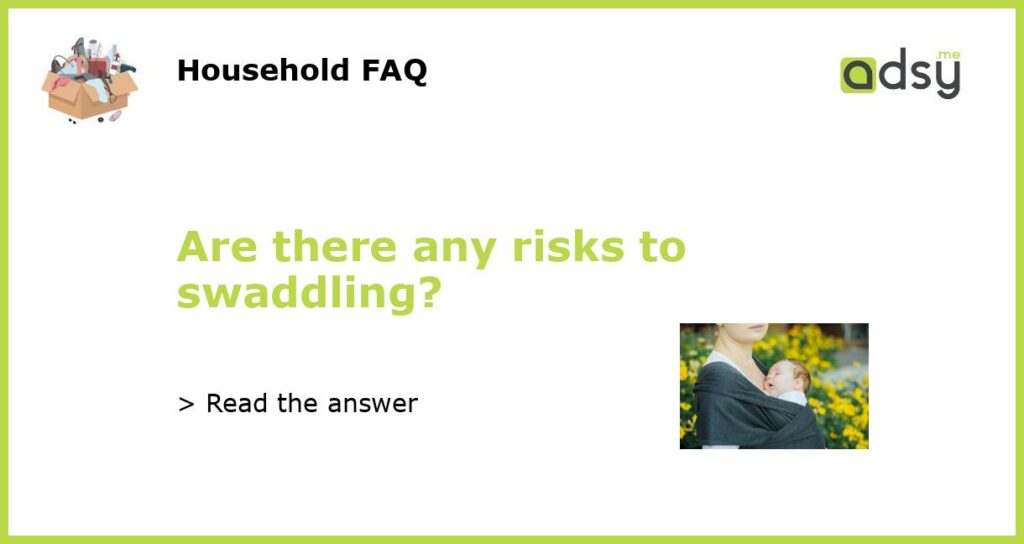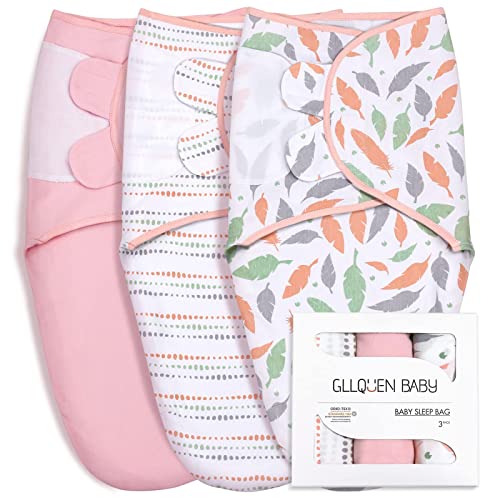Swaddling is a traditional practice of wrapping infants snugly in a blanket or cloth to help them feel secure and calm. It has been used for centuries and is believed to mimic the feeling of being in the womb, providing comfort to babies and promoting better sleep. However, while swaddling can have its benefits, there are also potential risks involved. It’s important for parents to be aware of these risks and take necessary precautions to ensure the safety of their babies.
Potential Risks of Swaddling
1. Overheating: One of the primary risks associated with swaddling is the potential for overheating. Babies naturally have difficulty regulating their body temperature, and being wrapped tightly in a blanket can cause them to become too hot. This can increase the risk of dehydration, heat rash, or even sudden infant death syndrome (SIDS). It’s important to ensure that the baby is not overdressed and that the room temperature is kept at a comfortable level.
2. Developmental Dysplasia of the Hips: Swaddling can restrict the movement of the baby’s legs and hips, leading to a condition called developmental dysplasia of the hips (DDH). DDH occurs when the hip joint doesn’t develop properly and can result in long-term hip problems. To mitigate this risk, it’s essential to swaddle the baby in a way that allows for healthy hip movement. The baby’s legs should be able to bend and move freely.
3. Increased Risk of SIDS: While swaddling can promote better sleep for some babies, studies have suggested that it may increase the risk of SIDS. Swaddled babies may be more prone to rolling onto their stomachs, which is a known risk factor for SIDS. It’s important to stop swaddling once the baby begins to show signs of rolling over or attempting to do so. Additionally, always place babies on their backs for sleep to reduce the risk of SIDS.
4. Breathing Difficulties: Swaddling can potentially lead to breathing difficulties if not done correctly. If the baby’s face is covered by the swaddle or if the swaddle is wrapped too tightly, it can impede the baby’s ability to breathe properly. It’s crucial to make sure that the baby’s face is always uncovered and that the swaddle is snug but not overly tight.
5. Delayed Motor Development: Restricting the baby’s movement through swaddling may lead to delayed motor development. Babies need the freedom to move and explore their environment in order to develop important motor skills. While swaddling can provide comfort and promote better sleep in some instances, it’s important to allow for regular periods of unswaddled time to encourage motor development.
While swaddling can have its benefits in terms of providing comfort and promoting better sleep, it is essential for parents to be aware of the potential risks involved. Overheating, developmental dysplasia of the hips, increased risk of SIDS, breathing difficulties, and delayed motor development are all risks associated with swaddling. By taking necessary precautions and ensuring safe swaddling practices, parents can minimize these risks and provide a safe and comfortable environment for their babies.






